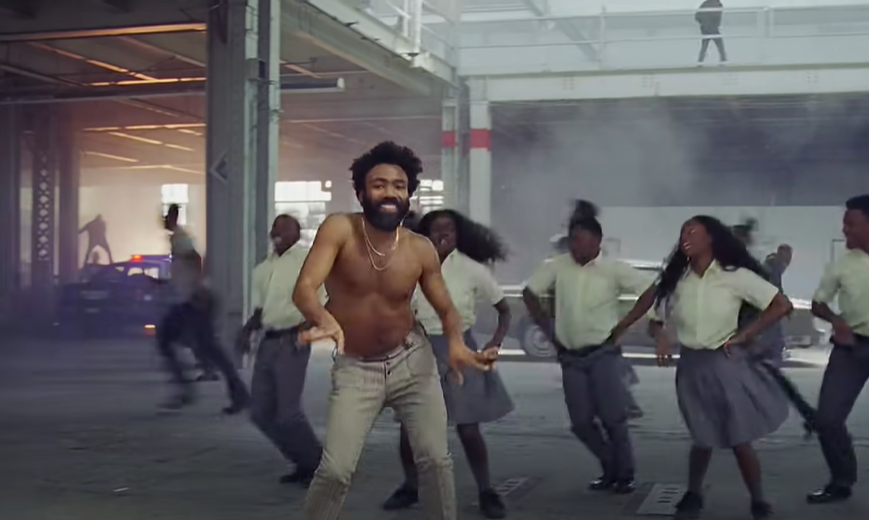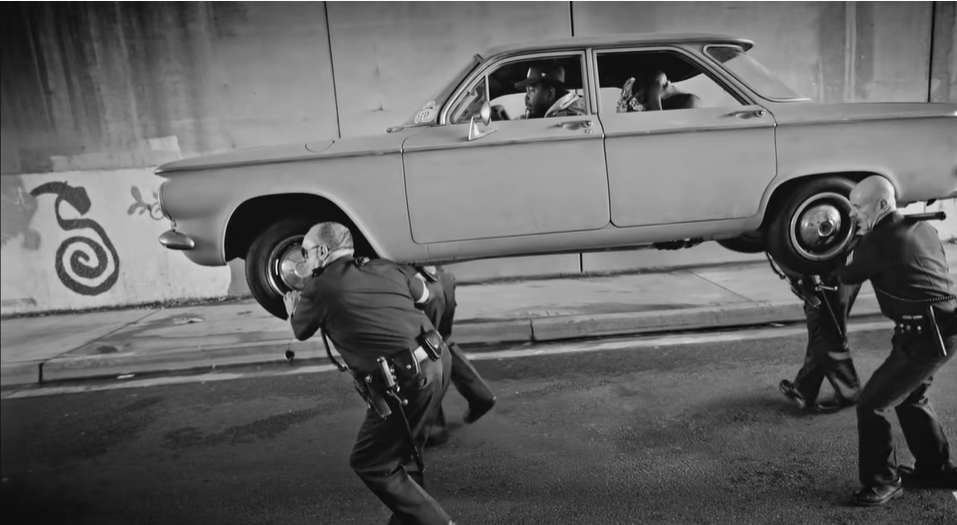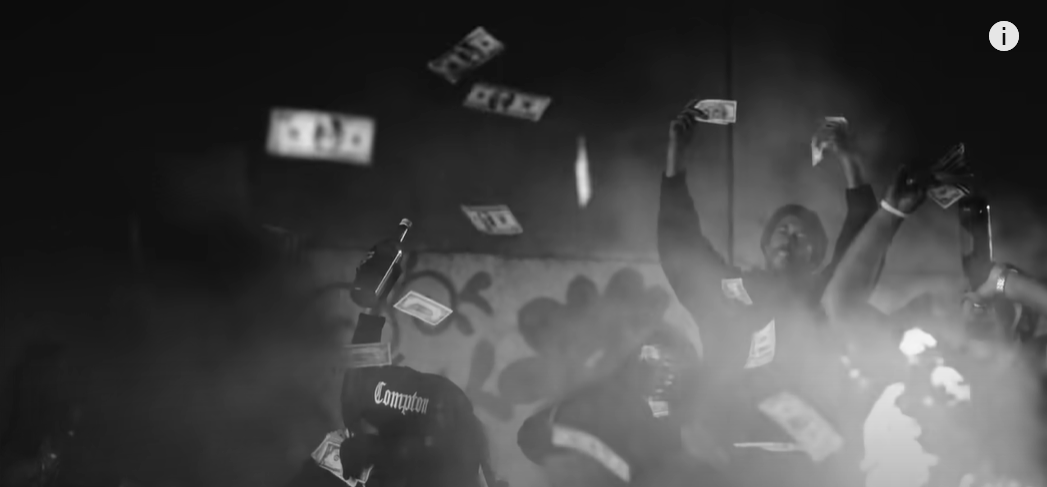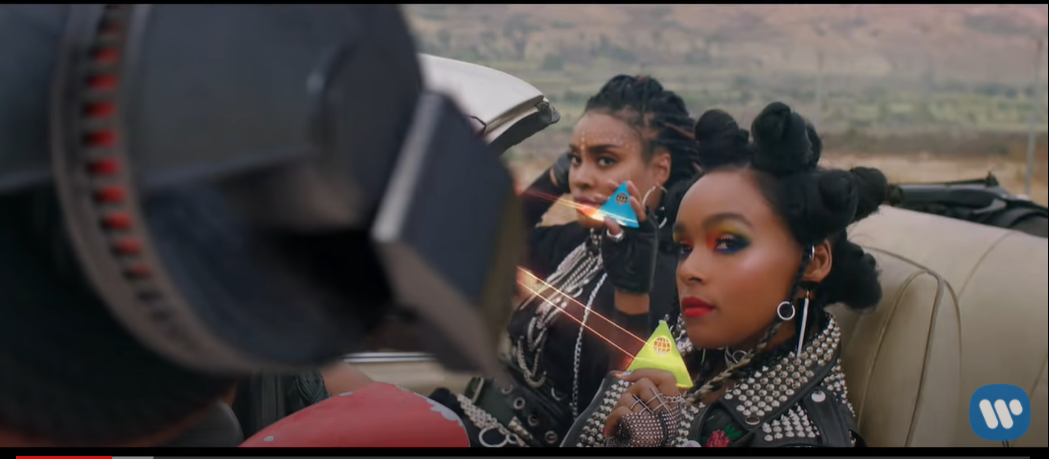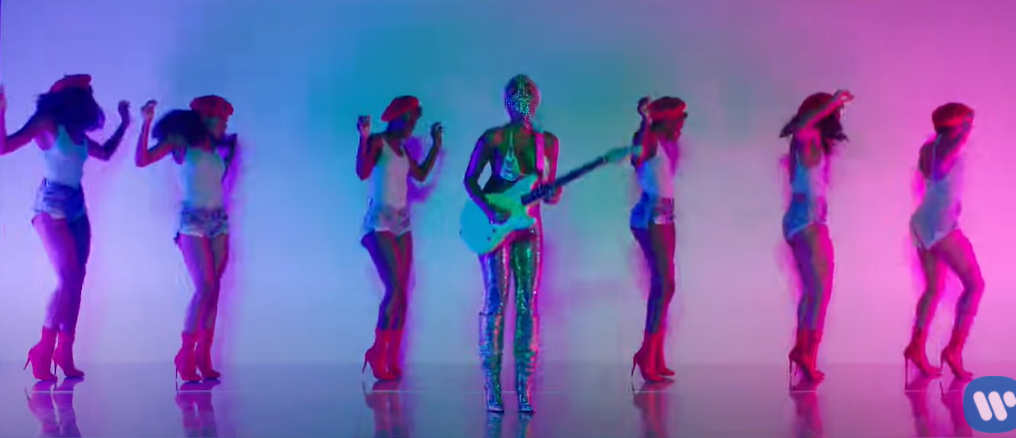EARTHSEED PROJECT
**Explain TWO (2) real-life issues that make it necessary to create your Earthseed community. What are you seeking shelter from?
My Earthseed community is an escape from capitalism and racism, which can be more succinctly described as racial capitalism. As Ruth Wilson Gilmore says, “Capitalism requires inequality and racism enshrines it.” Capitalism in the United States was founded upon enslavement of African peoples, the commodification of black bodies, the exploitation of their labor, and the theft of indigenous land by European colonizers. This allowed many white people to accumulate large amounts of wealth, while other white people were placated with assurance they were of the superior race. Legal oppression continued with Black Codes, Jim Crow, and enforcement by poor white people (slave patrols) who were given the power to terrorize black people. This is capitalism’s inescapable legacy.
Racial capitalism functions through a very intentional design and is always meant to exploit people. It places ever-shifting racial categorizations in hierarchical order, always with the white categorization at the top. Wealth disparity in the United States continues to widen. State sanctioned violent law enforcement agents and imprisonment have become a multi-billion dollar industry. The American Dream is a lie. The few who benefit from the capitalist system almost always have generational wealth and are well-connected. Revolution doesn’t come from a sparse few outliers succeeding from this system. My Earthseed community is based on a rejection of capitalism and racism.
**Quote two (2) Earthseed verses from Parable of the Sower and show how you will apply them to your community. You may be creative in your interpretation.
One of my favorite quotes from Parable of the Sower is,
“All that you touch
You Change.
All that you Change
Changes you.
The only lasting truth
Is Change.
God Is Change.”
I believe the first four lines are definitely true, and each individual human being has the capacity to create positive change in the world. If “the only lasting truth is change”, followers of my Earthseed community would have to continue to adapt to the world over time and yet somehow hold onto the basic foundation of our community.
“In order to rise
From its own ashes
A phoenix
First
Must
Burn.”
This another quote I really like, partially because I relate to the phoenix on a personal level. The phoenix is an image of rebirth and strength after one’s life has been physically or figuratively burned to the ground, and it has a spiritual connection for a lot of people. The quote sounds positive, as if anyone wants to be a phoenix. Instead, I think it just means those are the conditions in which one becomes a phoenix and then rises from the ashes. My community would be a group of warriors who had survived somehow and realized that community is the best way to sustain our future survival.
**Explain WHERE you will create your Earthseed community to be safe.
I think we would create our community on an island somewhere. An island sounds improbable because in a capitalist, imperialist world, you expect all the islands to be occupied or owned by some multinational corporation, capitalist or government. However, the island would not necessarily need to be completely uninhabited. If the community on the island seemed like a safe one in which to coexist, the Earthseed community could begin there.
**Who can join your community and why? Who can’t join? Why not?
There was a lot of talk at the beginning of the year about a nation divided cannot stand and let’s band together without any regard for politics or social views. This was after the capitol was invaded by right-wing white supremacists in a failed coup attempt. Those people are not people with whom I believe I can reconcile differences. They carried symbols of racism and violence. They committed acts of violence and murder. Obviously they cannot be a part of my community, but neither can anyone who believes in trying to have peaceful reconciliation with people like that. Anyone who values money over life cannot join my community. Anyone who believes in any sort of hierarchical value system for humanity cannot join my community. We will acknowledge each others’ differences but they will not be put in a tiered or numerical value system.
What will your leadership model be for your community?
My community will be egalitarian without a central leader. If anyone wants to be a central leader, they can’t be a part of my community. Our goal is to live together in a supportive community, not feed anyone’s ego or devolve into a miniature stratified capitalist community.
**Create a FUTURE TECHNOLOGY (one on the horizon, not something like teleportation or time travel) to help improve life at your Earthseed community.
We would have an amphibious vehicle which could travel on land and in water. We would be able to reach either end of the island quickly. We could travel easily to other islands and across them. This would be an improved version of current cars that turn into boats. This one would offer more protection while traveling in the water. A futuristic enclosed dome as a protective cover would over it. There would be a possibility for the vehicle to hover as well.
**Explain/show how your Earthseed community will SURVIVE.
My Earthseed community will survive by working together to have a thriving community. We will have a community garden space where anyone can grow or eat the food without question. When I went to Santa Monica College, I planted, tended, and harvested a garden plot with a few classmates. There was spinach, arugula, and herbs. We set up a shared schedule to care for our garden. People will contribute their skills such as fishing, cooking, sewing, carpentry, music, art, etc.
Explain/show what TWO steps your Earthseed community will make to build a better future, i.e. education, housing, conservation, farming, etc.
My community will be one hundred percent housed and fed with no concern for how much money they possess or whether they have a job. People are always more valuable than money and my community will exist and thrive in that spirit.
